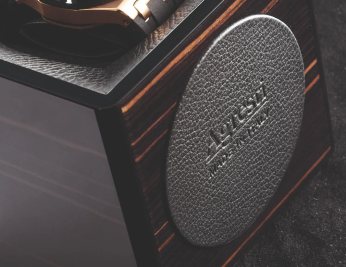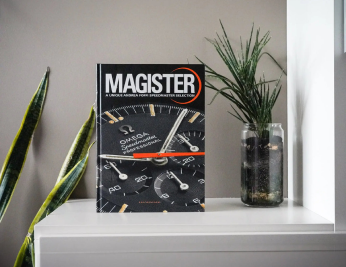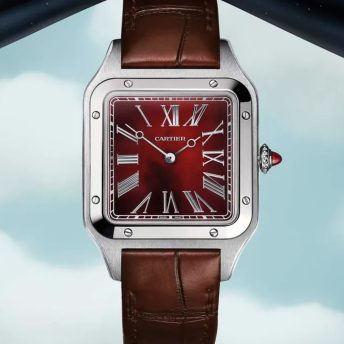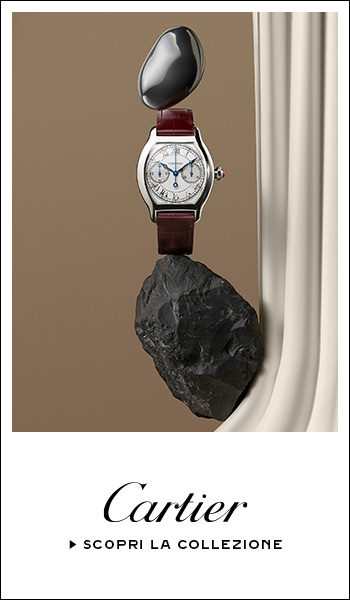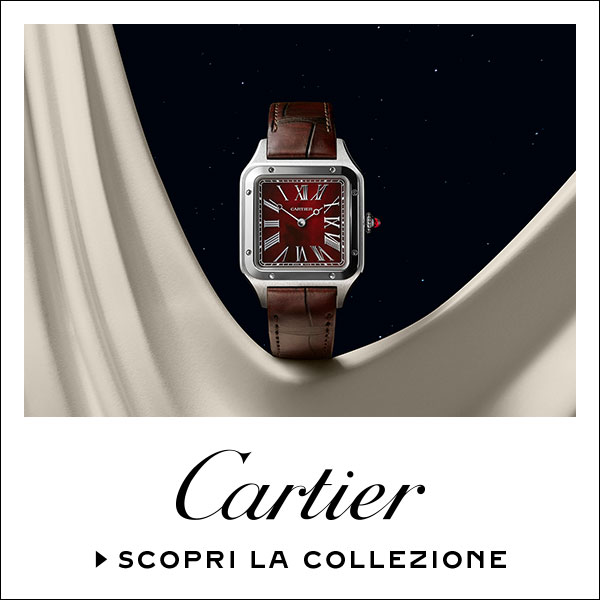The Jaeger-LeCoultre Atmos represents an invention considered impossible by man throughout history.
As per the Reverso, even this time, JLC’s creative spirit comes out… We are talking about a perpetual movement machine, without the need to be charged and able to generate its own energy necessary to function.
Finally, in 1928, Jean-Léon Reutter conceived the system that still powers the first (and still unique) perpetual-charge clock: the Jaeger-LeCoultre Atmos.
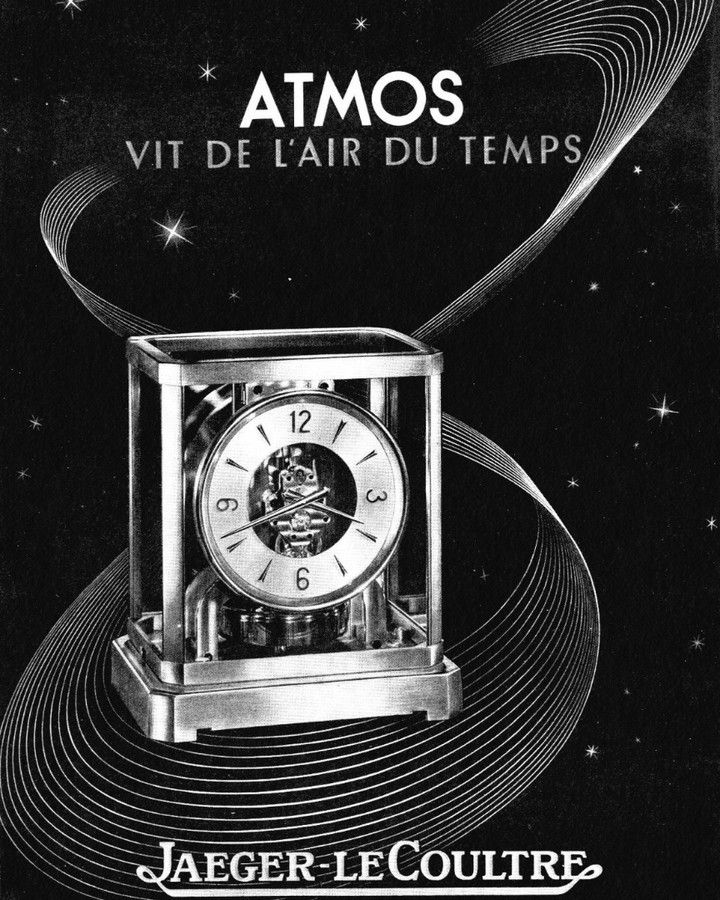
History
In 1928 Jean-Lèon Reutter, engineer at Neuchatel, developed the first Atmos pendulum, renamed Atmos 0.
This project was based on a clock with few building elements, which was charged through a glass container filled with mercury. Due to the temperature changes, it rotated the cylinder to which was connected and loaded the spring, which would then provide the necessary force for the watch to function.
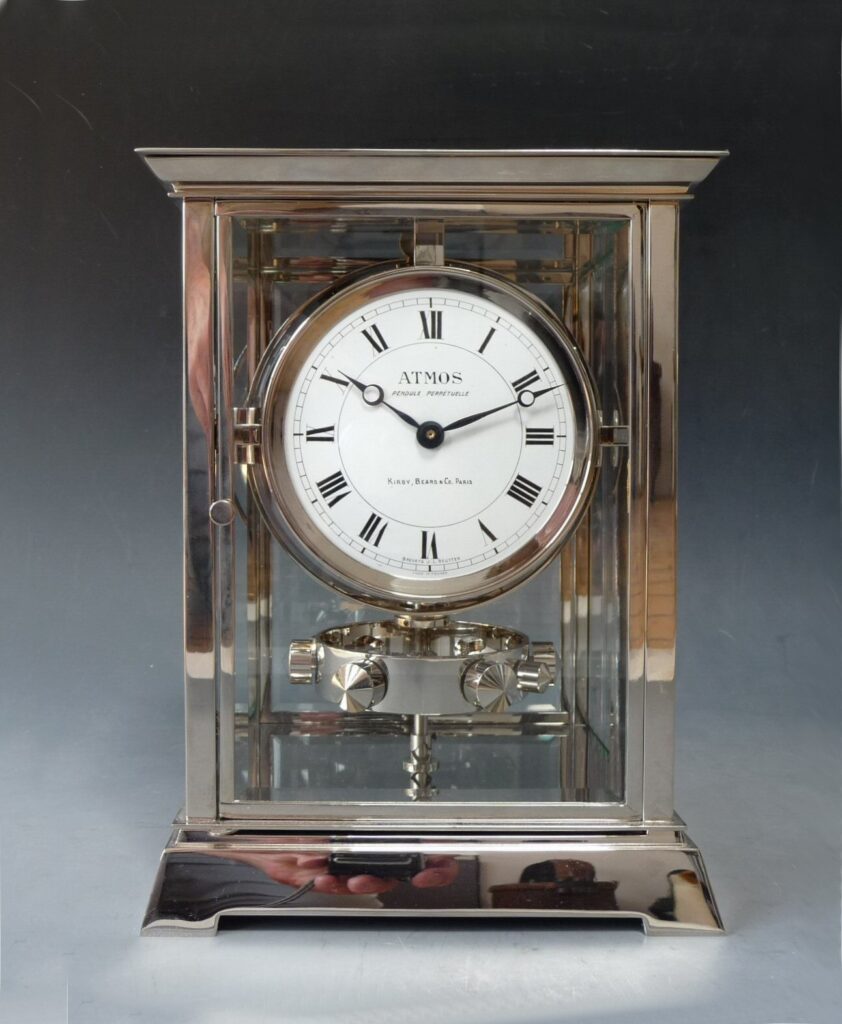
In 1929, the French Compagnie Générale de Radio put Reutter in charge of a department dedicated to the design, development and production of the Atmos 1.
This model differed from the previous one for greater attention to details and the addition of ammonia to the thermo-sensitive mix that allowed the watch to be charged.
The Atmos 1 is probably the rarest model, as there are fewer than 2000 products. It was also the only one to be produced in France.
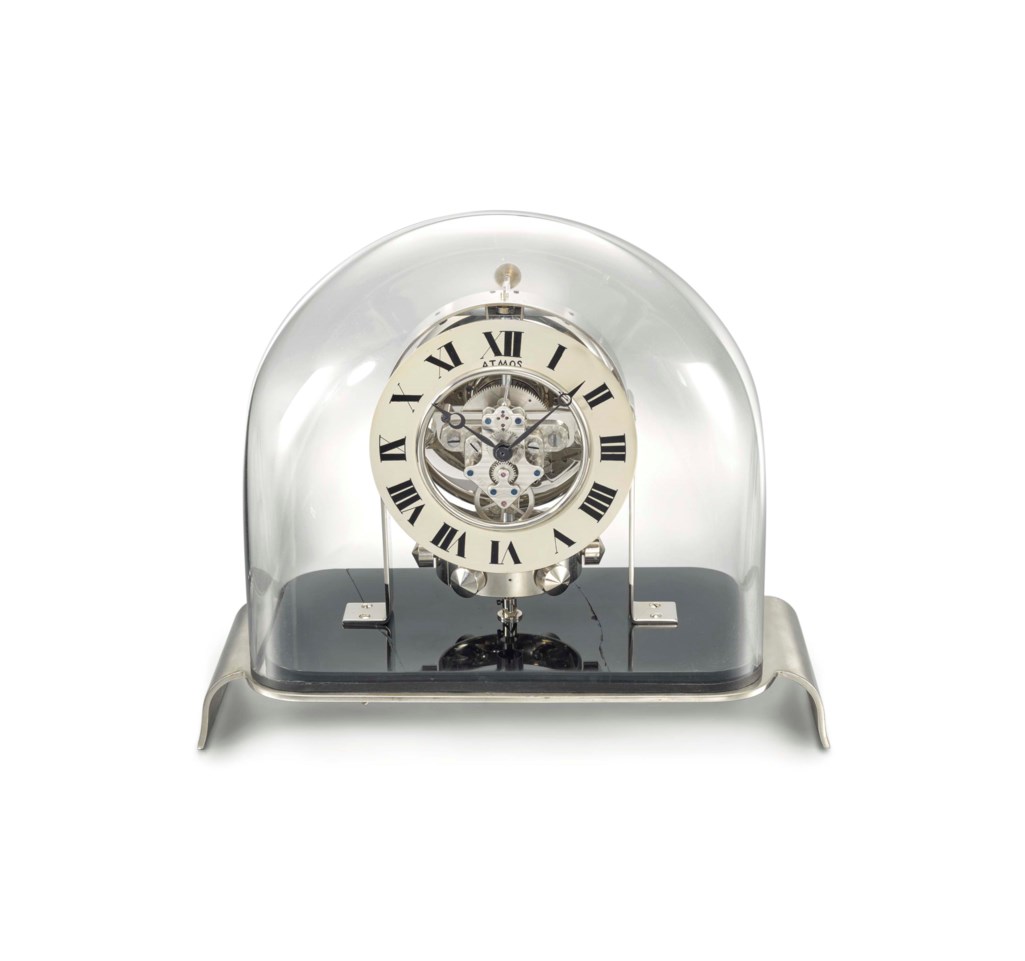
In 1935 Jaeger-LeCoultre, who had been producing movements for Atmos 1 for a few years, acquired the rights and moved production to Switzerland.
After an initial phase, in which Jaeger-LeCoultre patents a new charging system, the production of the Atmos 2 begins.
The pendulum remains unchanged stylistically and operatingly, except for some design changes.
The genius of the project, its unique lines, as well as the ability to immediately strike the observer, made the Atmos a legendary pendulum. As a witness to its success, we see that Jaeger-LeCoultre’s Atmos is owned by various figures from the world of politics and entertainment, even becoming one of the official gifts of the Swiss Confederation.
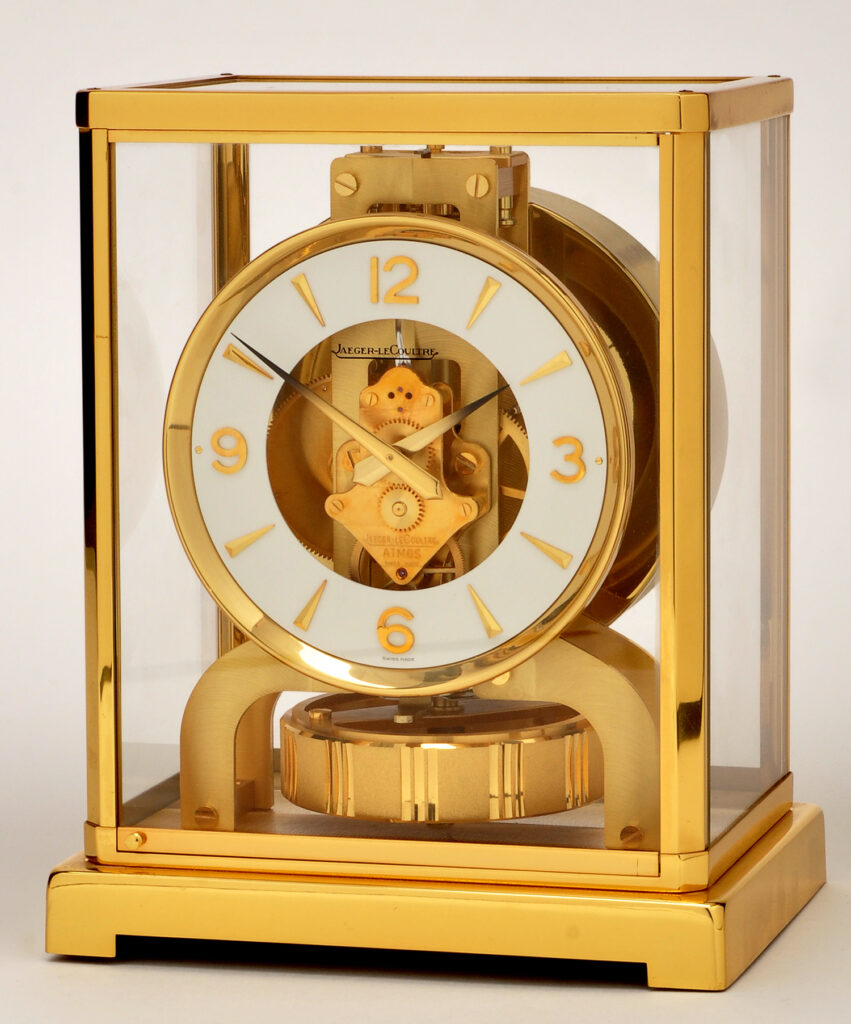
Functionning
The thermic motor
As already mentioned, until 1935, the charge of the Atmos 1 was guaranteed by a mechanism, formed by a cylinder containing a mixture of mercury and ammonia.
As the temperature changed, the mixture expanded, allowing the spring to charge. This, then, provided the driving force to the clock.
In 1935 Jaeger-LeCoultre introduced a new charging system, still used today, which is based on a bellow containing Ethyl Chloride, a gas sensitive to minimal temperature changes.
Within this hermetically sealed capsule, a temperature rise corresponds to an expansion of the membrane as a result of the expansion of the gas.
Similarly the gas will tend to retract when the temperature drops, releasing the membrane that works “on accordion”. A graphic explanation is presented below.
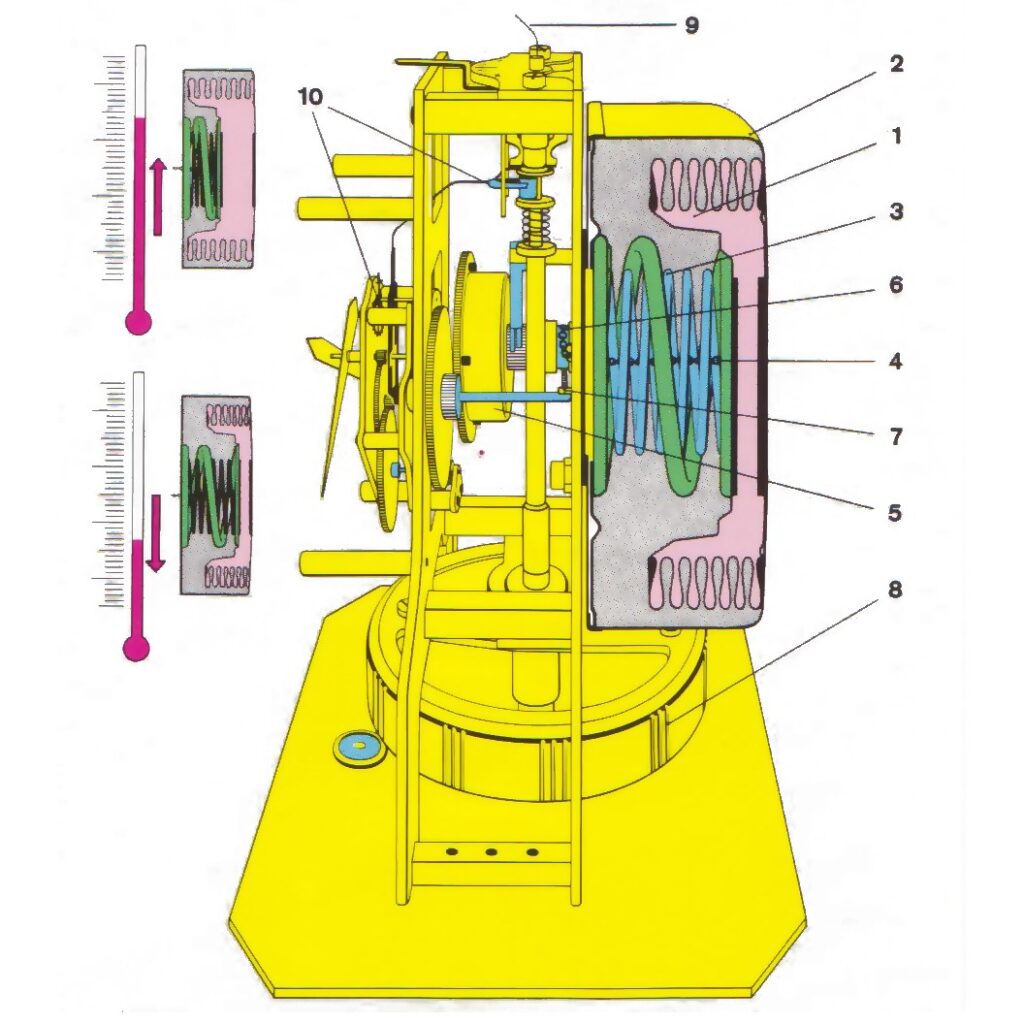
This continuous oscillation of the membrane, which is connected to the barrel spring, generates a continuous charge.
It’s incredible to think that, in a temperature range between 15 and 30 degrees, the variation of a single degree generates a power reserve of almost two days.
Movement
Given such a complex charging system, a good part of Jaeger-LeCoultre’s engineering concentration has focused on making this pendulum as autonomous as possible.
Frictions and high frequencies would lead to excessive power consumption, which is why components are reduced and techniques are used to drastically reduce strength and energy loss.
One of these is the balance, which is seen rotating “suspended” at the base of the dial.
In fact, the balance is hung on a very thin but durable spring, which thus reduces the loss of energy due to friction that occurs in traditional systems.
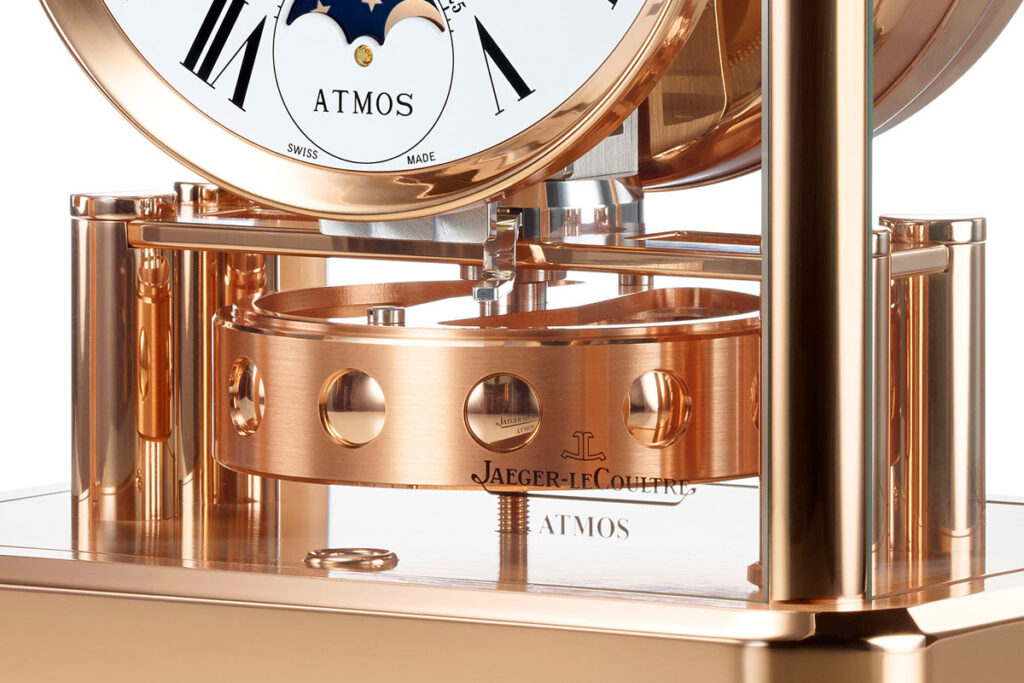
Another interesting feature, very beautiful to look at, is the balance’s frequency.
To minimize consumption, it rotates with a very low frequency of 120 vph, exactly 2 times per minute (240 times less than a wristwatch!).
To understand how much the friction reduction system is studied, often Jaeger-LeCoultre made the curious comparison between the consumption of the Atmos and a common 15w bulb: the energy needed to illuminate the bulb corresponds to that produced by 60 MILLION of Atmos.
Versions
There are four versions currently in production and available for purchase on the official Jaeger-LeCoultre website, but we brought you some special ones too:
Atmos Classique
We find a first set of three “basic” Atmos with a price of 7.000€.
They have an enamel dial with Roman numerals and what differentiates them is the finish of case and components, which can be golden, rhodied or rose gold.
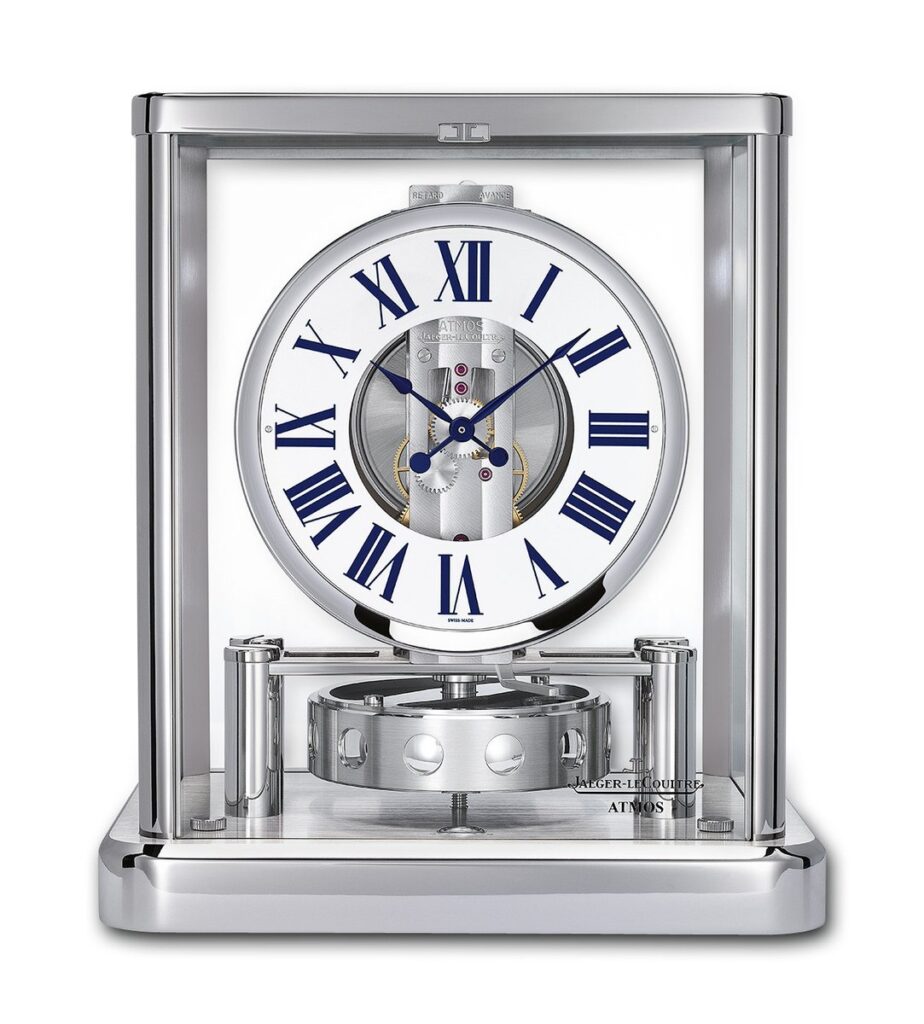
Atmos Classique Phases de Lune
The same finishes are also found in another trio, available to the public at a price of 9150 euros.
We’re talking about the Atmos Classique Phases de Lune, a series of Atmos identical to the previous ones but with the addition of the moonphase at 6 o’clock and the months indicator within the hours’ dial.
Despite the lack of strength required to operate this pendulum, JLC guarantees a great reliability and declares that, if properly used, it will have a gap of only one day every 3821 years.
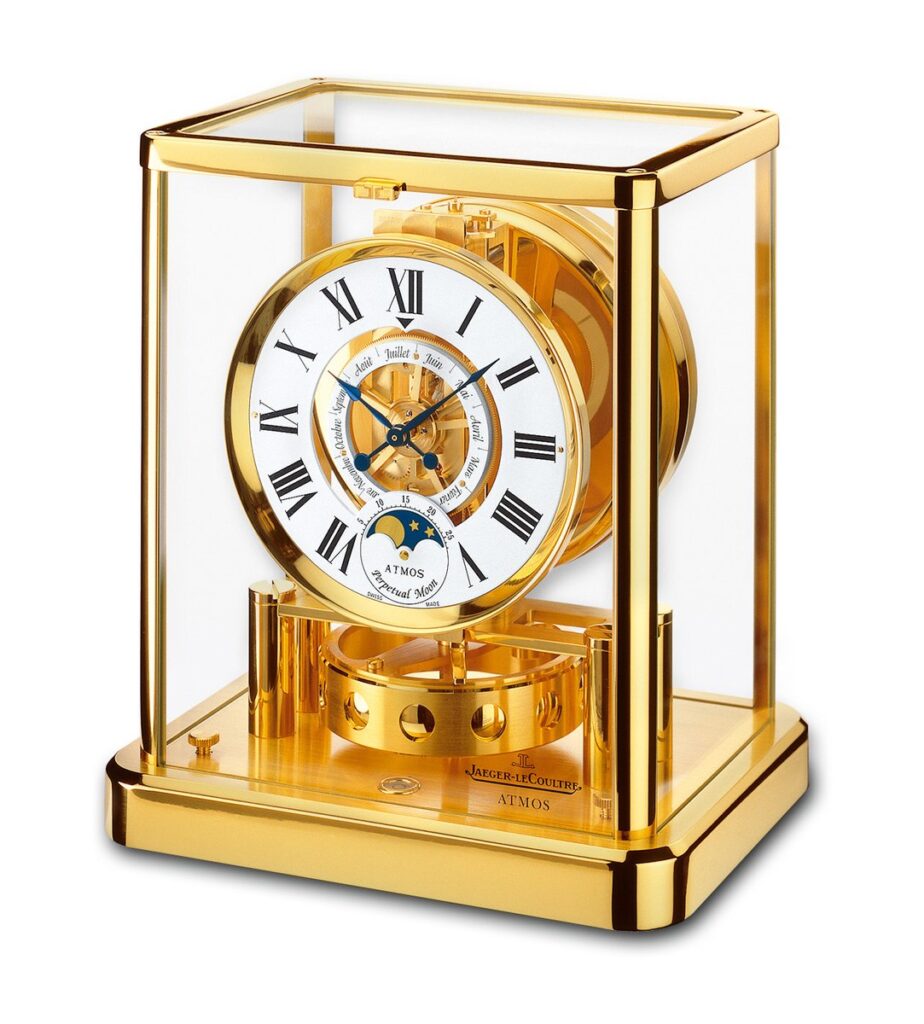
Transparent Atmos
The peculiarity of this version is the exclusive use of glass for the case, which lies on a rhodiated brass stand.
The choice of glass allows to have a 360-degree view on all the components, from the dial, semi-transparent with black stick indexes, to the bellow.
Proposed to the public at a price of 10.100€.
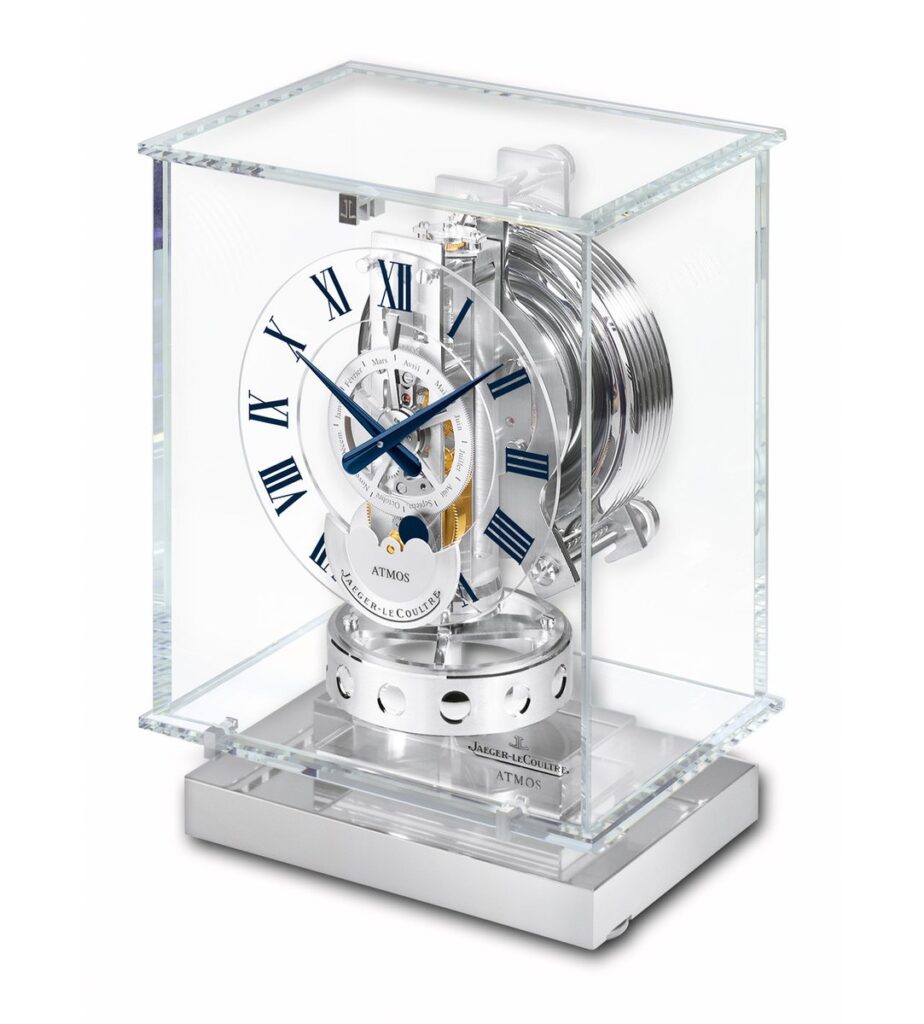
Atmos 568
The latest model on the site is a special edition created in collaboration with the Australian designer Marc Newson, the Jaeger-LeCoultre Atmos 568.
With 28.100€ list price, it is a pendulum that comes out of the previous aesthetic canons, using a curved Baccarat crystal, a super-transparent glass, for the case.
It comes with a transparent dial that seems to float, with Arabic numerals and two-tone white and blue hands, the artist’s signature color.
At 6 o’clock we find the moon phase indicator, formed by a white and blue disk, and that of the months within the hours’ dial.
Mark Newson has worked on two other Atmos’ limited series that you find below.
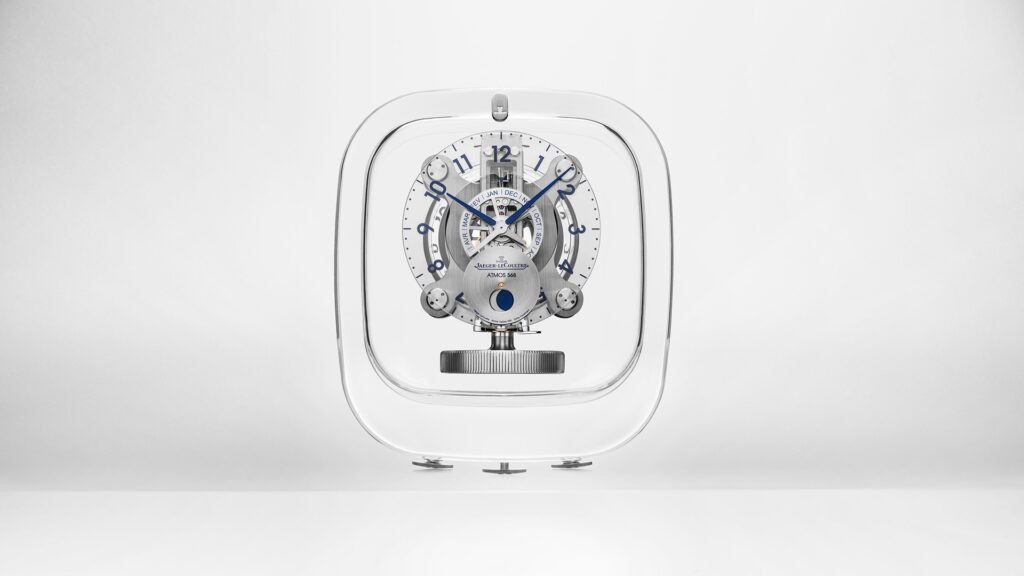
Atmos 561
The Atmos 561 features a Baccarat crystal case similar to the 568, but with a very small and round stand and was made in 2008 in a limited series of 888 pieces.
Functions remain the same: minutes, moon phases and months.
The dial has a larger diameter that almost “touches” the sides of the case and the colors move more towards aluminum tones for Arabic numerals and indices, while the hands are blue.
The list price for this futuristic clock? 21.300€.
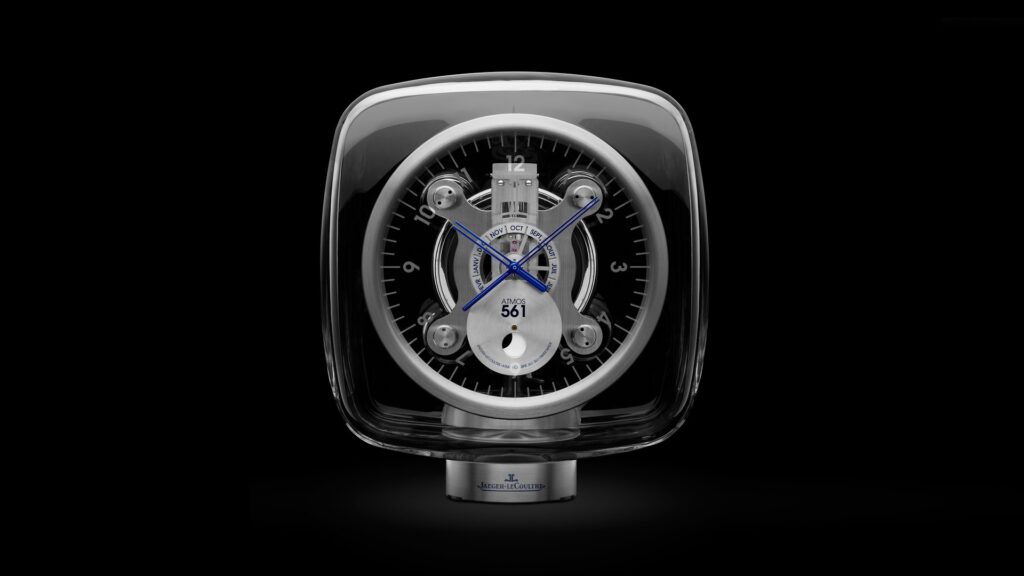
Atmos 566
This is the latest edition developed by Mark Newson.
The Baccarat crystal case houses the Jaeger-LeCoultre 566 caliber, which in addition to indicating hours and minutes, also shows the month, the equation of time and a view of the night sky as seen from the northern hemisphere.
It also includes an indication of the cardinal points and astrological signs that make this Atmos truly delicious to admire.
It was produced in two editions that differ in the color of the glass: 48 transparent pieces, priced at 90.000€ and 28 in blue Baccarat crystal with a price of 105.000€.
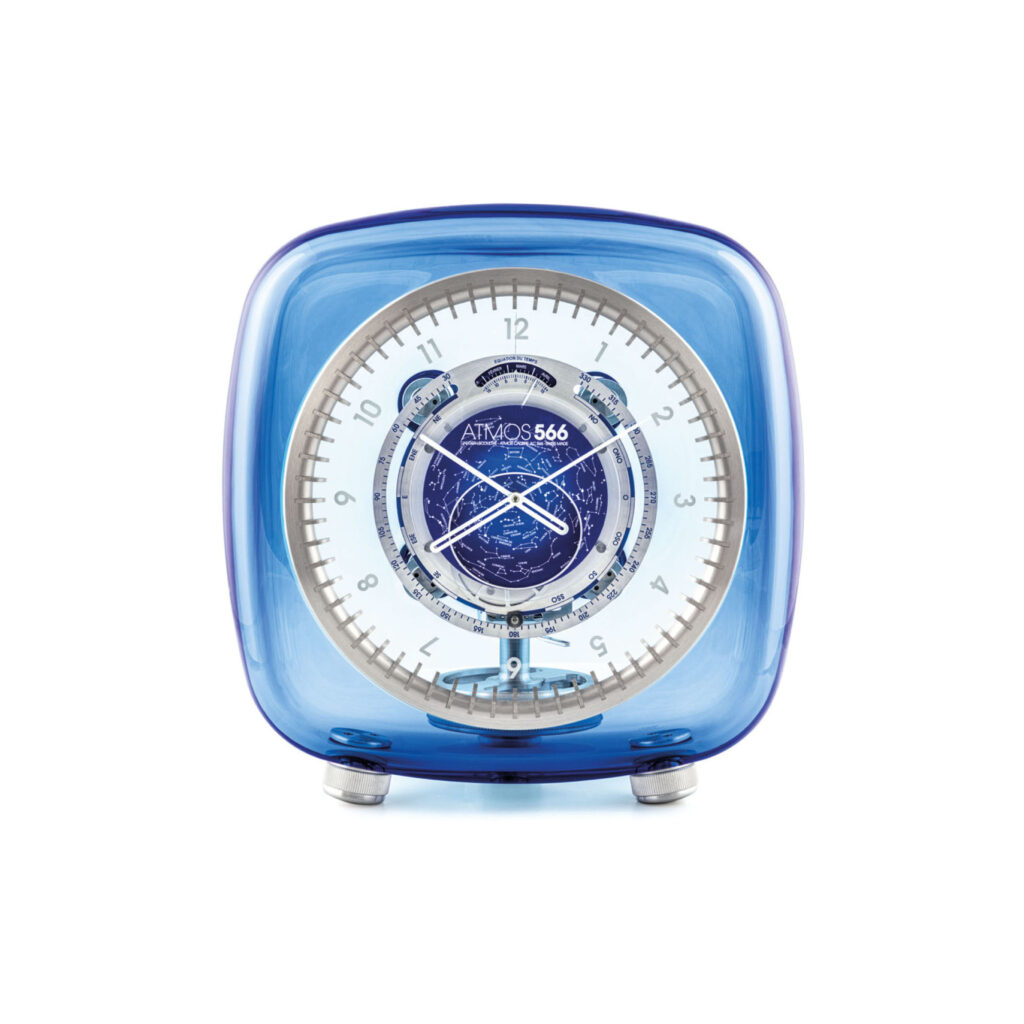
Atmos Marqueterie Gustav Klimt
In 2008, to mark the 80th anniversary of JLC, a limited series of 10 Atmos Marqueterie Gustav Klimt was created.
Great skills and craftsmanship make this celebratory pendulum a perfect example of Art Nouveau.
A new wooden box that is opened via a hidden button has been created by the artist French Jerôme Boutteçon with more than 1,200 wood and gold leaf elements representing Klimt’s masterpiece.
The caliber has a “regulator” configuration, with hours’ indication in the12 o’clock dial, minutes in the large central dial, 24-hour indication, month indication and moon phases at 6 o’clock.
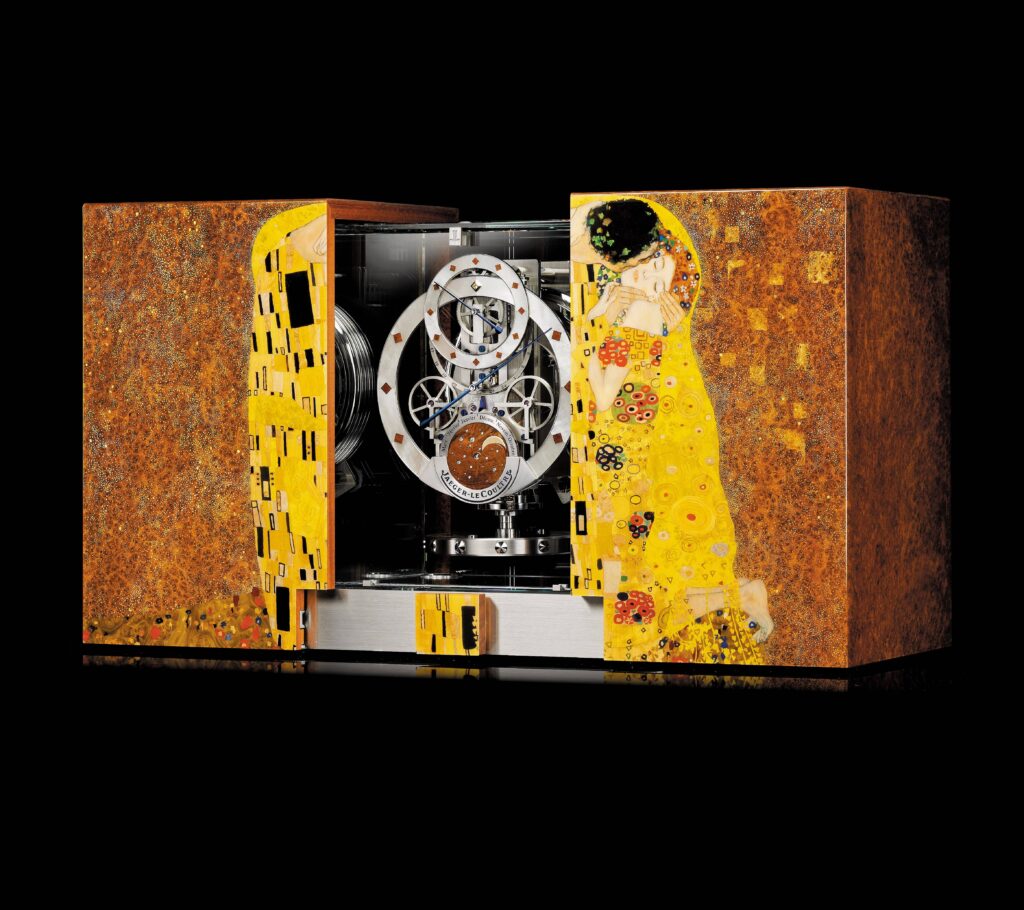
Atmos Marquetrie Hybris Artistica
Another Atmos to use the “regulator” configuration is the Artistic Marquetrie Hybris, an only piece produced in 2014.
The panels feature a reproduction of a work by Czech artist Alfons Mucha, one of the most important in Art Nouveau.
On the doors, located on each side of the clock, Autumn on the right, Spring on the left, both enameled. The case is made of Indian rosewood and horse chestnut, which, closed, has reasonable dimensions.
Cal.582 caliber features the classic 24-hour indicator and month calendar. The hour and minute dials are in white enamel while the moon phase indicator is a brown hue that echoes the color of the wood used for the box.
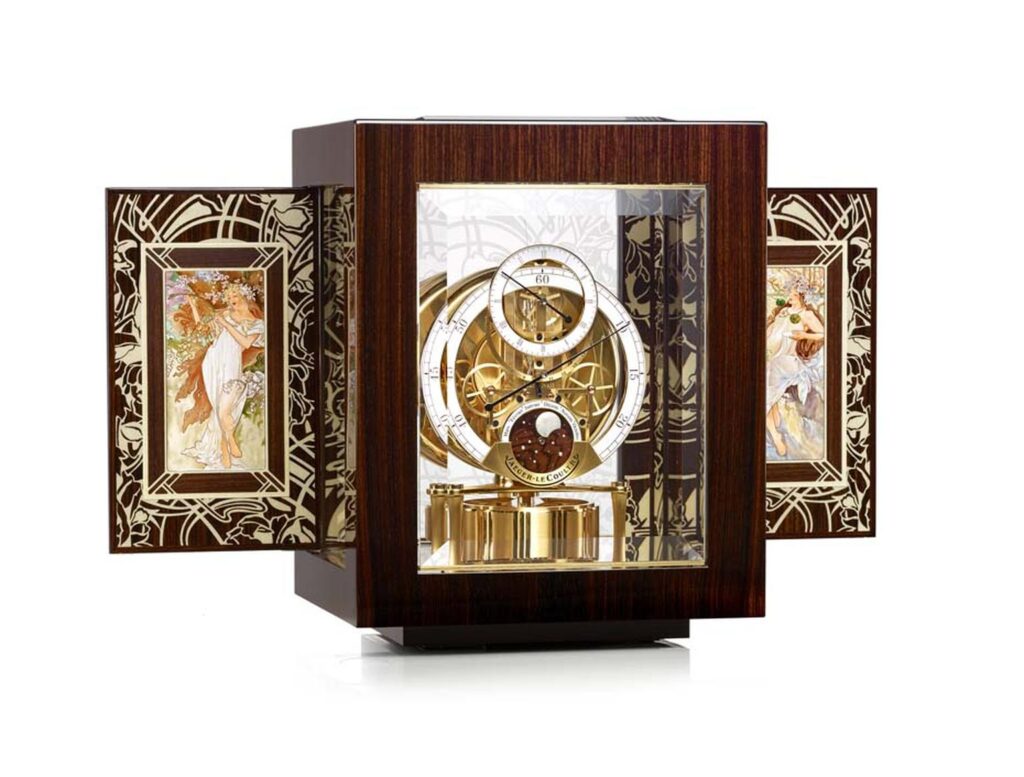
Atmos du Millénarie Jubilee
Produced to celebrate the Jubilee of Queen Elizabeth II, this special commemorative piece is a limited three-piece edition.
There are two unique peculiarities of this object.
The first, purely aesthetic, concerns the engraving on the glass of the Queen’s family tree, with the names of Kings and Queens of England, Scotland and Wales.
The second is that, with the Calibre Cal.555, Jaeger-LeCoultre introduced on the dial a calendar that marks the years from 2000 to 3000. This is made possible by a circular calendar represented around the hour dial.
At 12 o’clock a window displays the month, while at 6 o’clock we find the classic moon phases window.
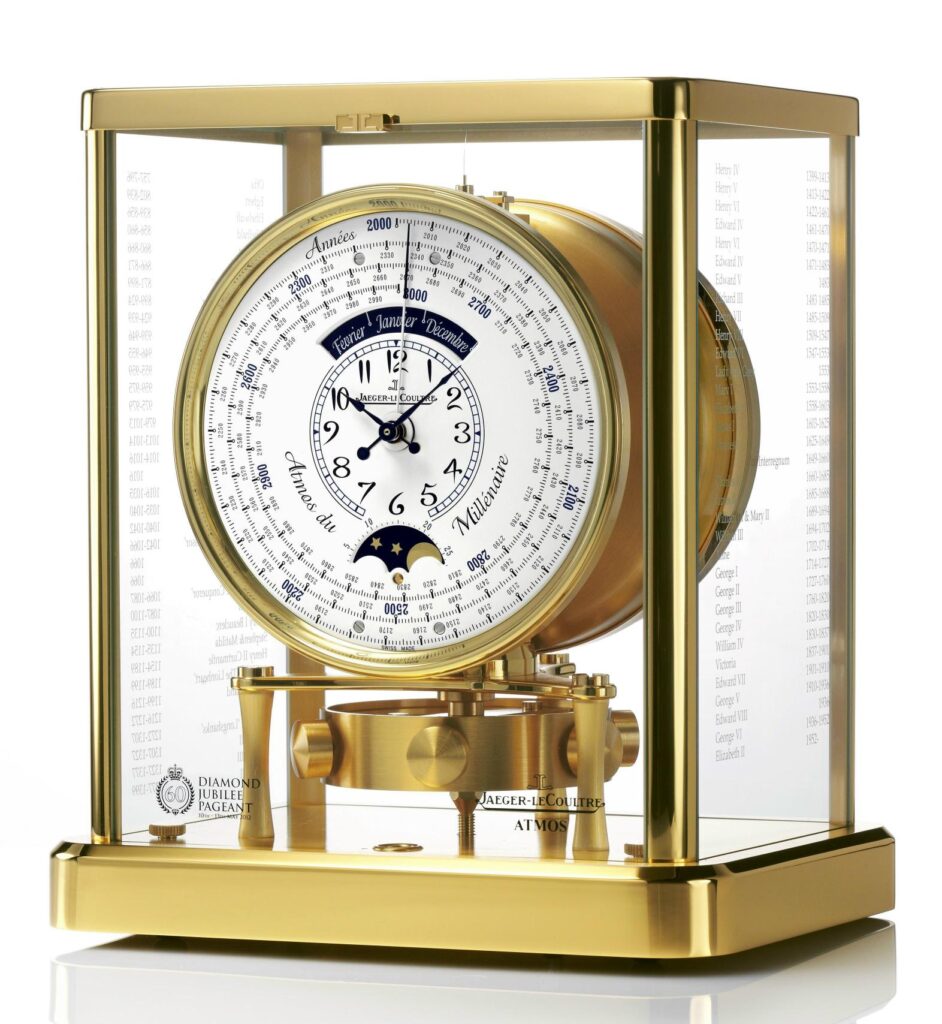
Atmos Réédition 1930
The 1930 Atmos Réédition is a tribute to Jean-Léon Reutter and to the times when the ambitious Atmos project was born.
While the design remains faithful to the original, the JLC manufacturer has been involved in creating the Cal.563, which as in the first Atmos displays only hours and minutes.
The case, made exclusively of domed glass, also deviates from the models still in production, referring to the first prototypes of the early 1930s.
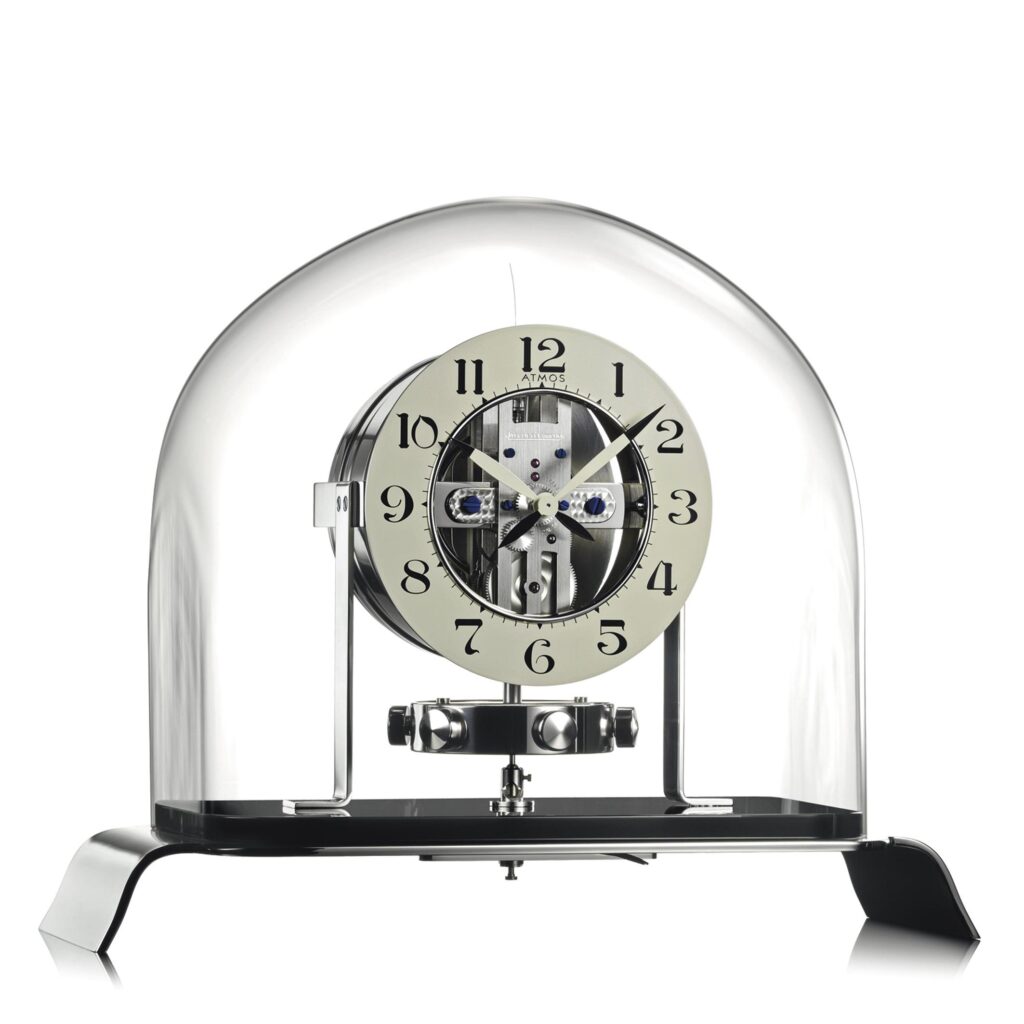
Even though in our world table clocks have a side role, we at IWS think they are a great way to express creativity.
Let us know your thoughts here or on Instagram!
Translated by Lorenzo Spolaor

